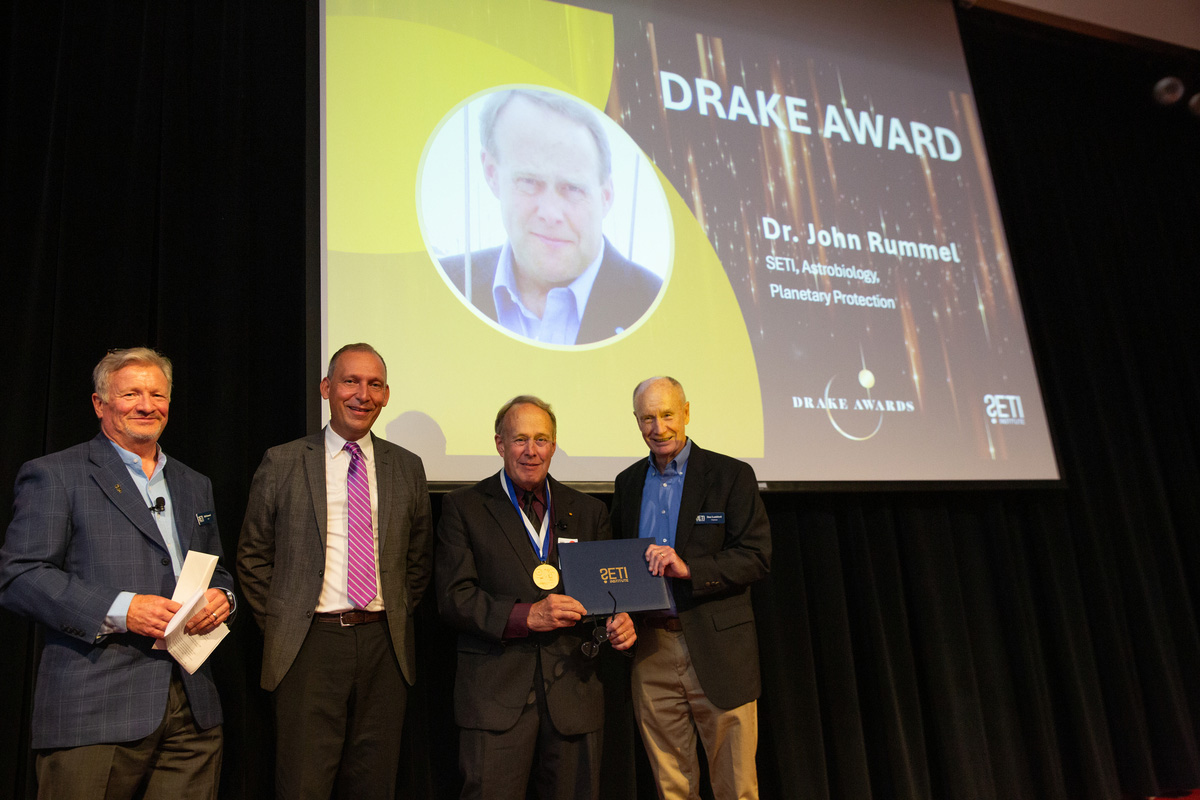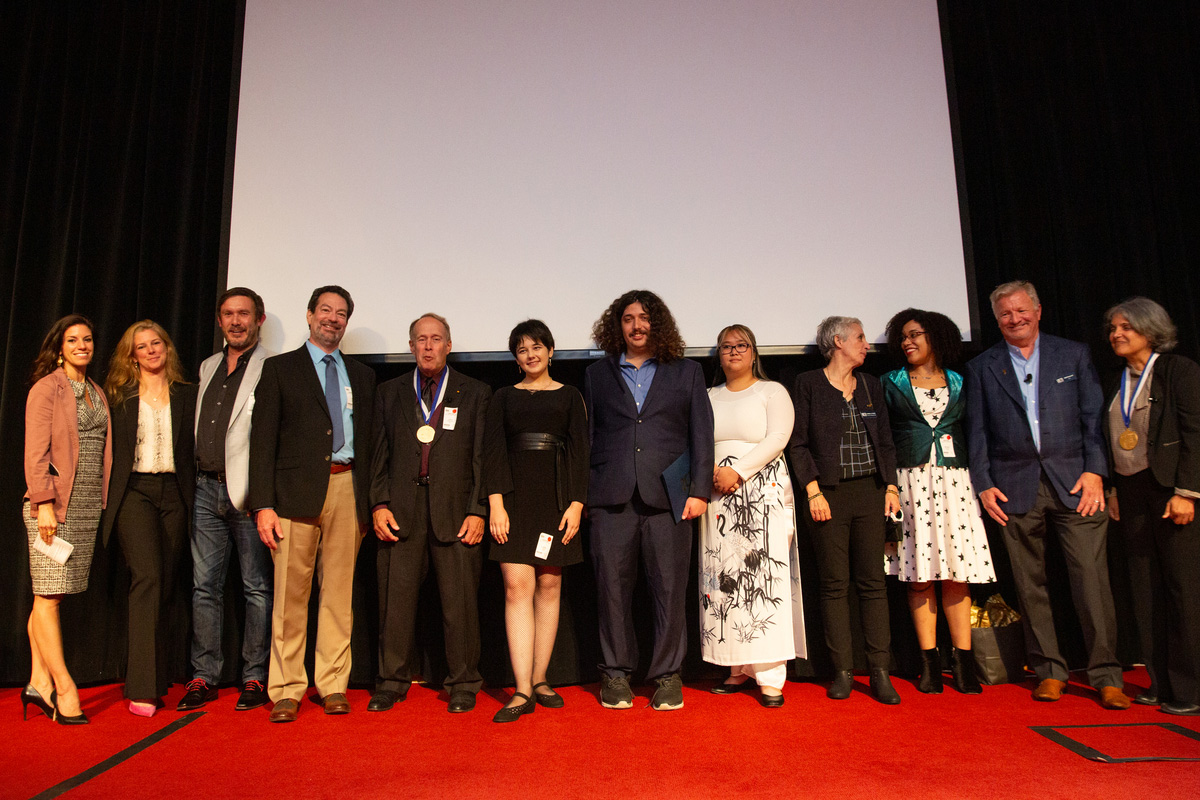Drake Equation

How many alien societies exist, and are detectable? This famous formula gives us an idea. The Drake Equation, which was the agenda for a meeting of experts held in West Virginia in 1961, estimates N, the number of transmitting societies in the Milky Way galaxy. The terms are defined as follows:
N : The number of civilizations in the Milky Way galaxy whose electromagnetic emissions are detectable.
R* : The rate of formation of stars suitable for the development of intelligent life (number per year).
fp : The fraction of those stars with planetary systems.
ne : The number of planets, per solar system, with an environment suitable for life.
fl : The fraction of suitable planets on which life actually appears.
fi : The fraction of life bearing planets on which intelligent life emerges.
fc : The fraction of civilizations that develop a technology that produces detectable signs of their existence.
L : The average length of time such civilizations produce such signs (years).
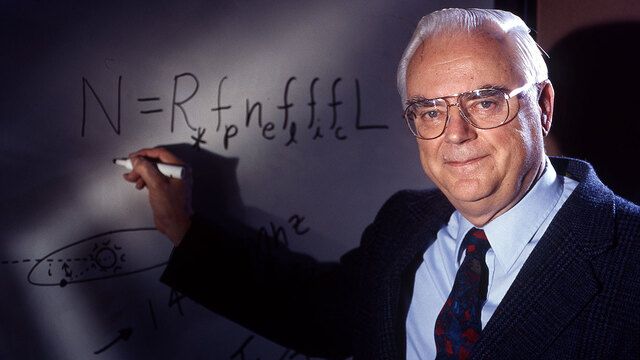
Understanding the Drake Equation
This simple formulation is generally agreed to be the “second most-famous equation in science (after E= mc2),” and you can find it in nearly every astronomy textbook.
The Drake Equation was cooked up by astronomer Frank Drake in 1961 to serve as the agenda for the first meeting on the topic of SETI. In 1960, Drake had conducted a pioneering search for extraterrestrial signals – a several-week long effort he named Project Ozma. Somewhat unexpectedly, this modest experiment attracted a great deal of attention, and Drake was encouraged by J.P.T. Pearman, a staff officer at the National Academy of Sciences, to organize an informal gathering of accomplished researchers and engineers to discuss the prospects for finding a signal. Was listening for radio signals a worthy endeavor or not?
Approximately a dozen people attended this informal meeting, and they all were eminent. Among them was biochemist Melvin Calvin (who received a call during the meeting notifying him that he had just won the Nobel Prize), biologist Joshua Lederberg, physicist Philip Morrison, and planetary astronomer Carl Sagan, as well as Peter Pearman and self-invited guest Barney Oliver, a highly accomplished radio engineer. The conference took place at the Green Bank Observatory – the site of Project Ozma – in November 1961.
While planning the event, Drake chose to organize the discussion around a simple formula he concocted that estimated a critical number for SETI, namely the estimated count of transmitting worlds in the Galaxy. His equation is comprised of seven factors which, when multiplied together, yield the number of societies that are now broadcasting signals one might conceivably pick up. The factors are listed and defined above.
As Drake himself has noted, his simple formula can be likened to how you might estimate the number of students at a university. All you need to do is consider the number of new students (freshmen) entering each year and multiply that by the average number of years the students will spend at the school (four years.) Voila, you have a good estimate of the total number of undergraduate students.
The Drake Equation is constructed with similar logic. The first six terms, when multiplied together, yield the average number of new technologically transmitting societies that come on-line in the Milky Way galaxy each year. This “freshman” rate is then multiplied by the equation’s last term, L: the average lifetime they stay on the air. The result is N, the average number of transmitting societies in the Galaxy now. Clearly, if this number is very small, then the chances of a signal detection by SETI are also small. Conversely, a large value of N would be incentive to press the search.
At the time of the meeting, essentially none of the seven factors in the equation was known excepting the first, the production rate of stars. Nonetheless, the attendees bandied about their best guesses for the other terms, concluding that the “freshman” rate was on the order of one. In other words, new transmitting societies appear once a year somewhere in the Milky Way. All that remains is to multiply this by the lifetime of such a broadcasting civilization.
This last term, L, is obviously dependent on alien behavior. It’s not a factor we can quantify with studies in astronomy or biology. Our own experience also doesn’t help much. We’ve been transmitting on a widescale basis, and at frequencies and powers that might conceivably be picked up by someone in another solar system, for less than a century. How long will we continue to do this? Some people think that humanity is hellbent on self-annihilation, and the value of L for Homo sapienswill be merely a century or two. Others are less dramatic and more optimistic. But obviously we have little basis for estimating L.
Due to such uncertainties, estimates for N have ranged from 1 (Earth houses the only galactic society that is transmitting) to several million, Drake himself currently suggests that N = 10,000 (the consequence of assuming that new transmitting societies are produced at intervals of one per year and enjoy an average lifetime of 10,000 years).
It has been sixty years since the Drake Equation was conceived. Have we nailed down more of the terms than the single one known in 1961? Sadly, no. In fact, we’ve made little progress in this regard apart from the terms giving the fraction of new stars sporting planets, and (to a lesser degree) the average number of planets per solar system suitable for complex life. The attendees of the 1961 Green Bank meeting thought it likely that the former was close to 100 percent, and the latter was approximately one. Both guesses are within a factor of two or three of modern estimates, based on the discoveries of thousands of exoplanets since 1995.
It’s worth noting that many people have suggested amendments to the Drake Equation, adding terms to account for facts that don’t seem to be part of the original formula, such as colonization of other star systems by ambitious societies. Others have proffered changes to the math, replacing single terms with mathematical distributions. But according to Drake, none of these refinements is necessary nor do they alter the equation in any essential and substantive way.
While the Drake Equation cannot be “solved” or even accurately calculated, it retains considerable utility for discussions about extraterrestrial life and intelligence. And that, after all, was the reason for its invention. It’s also noteworthy that this famous formulation encompasses all the research activities of the SETI Institute, from our efforts to probe the harsh landscapes of Mars to our extremely high-tech searches for alien signals. It is the scaffolding upon which the Institute has been built.
-Seth Shostak, updated: July 2021.
There are 100 scientists at the SETI Institute, working on nearly 100 research questions. But each of these topics can be related to one of the terms in the Drake Equation.
N: Are technological societies common or not? Our ATA radio telescope is looking for signals coming from other star systems that would help answer that question.
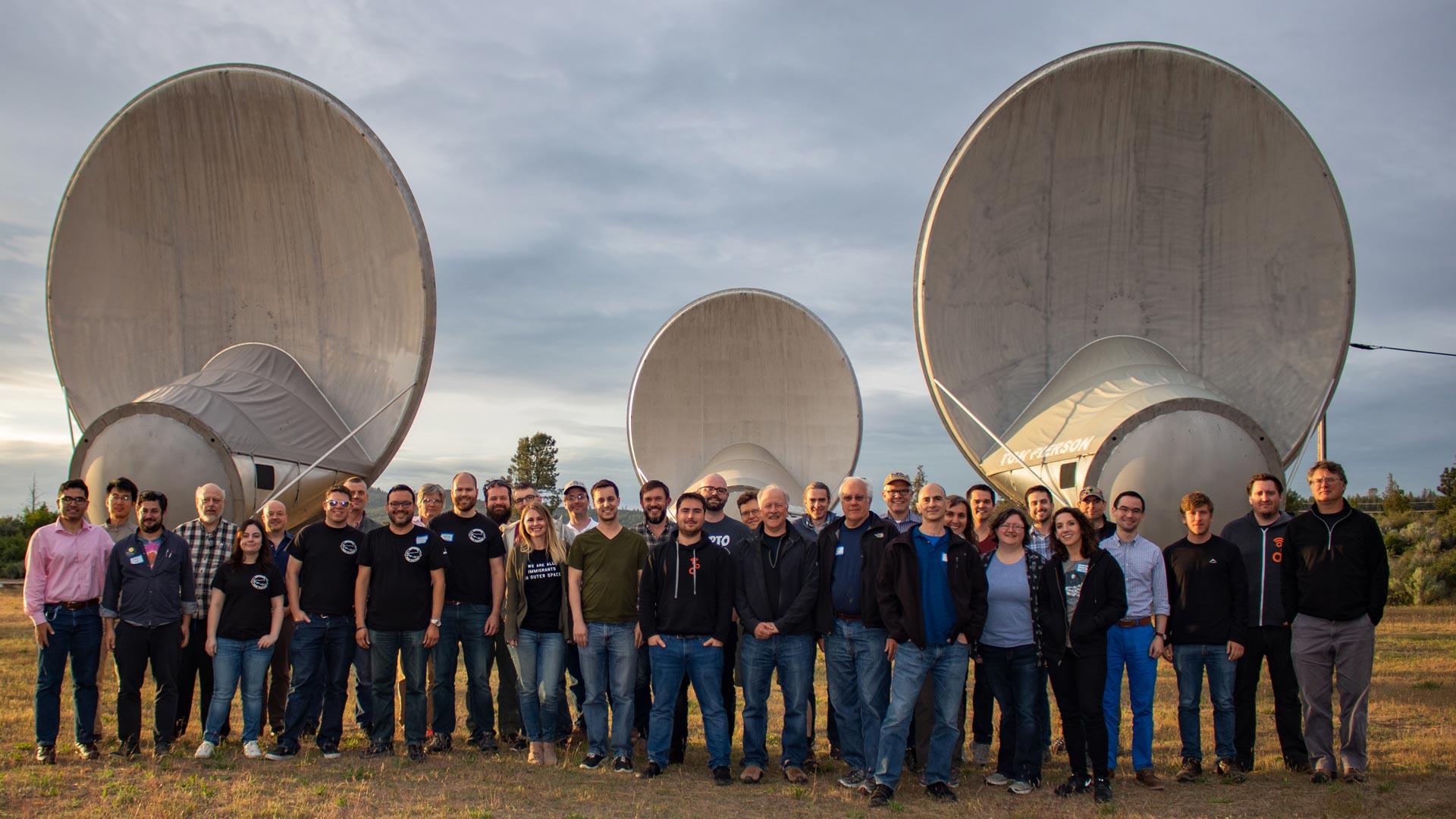


fp: Scientists involved in NASA’s TESS mission are hunting for nearby star systems housing planets with signs of life, such as oxygen in their atmospheres.
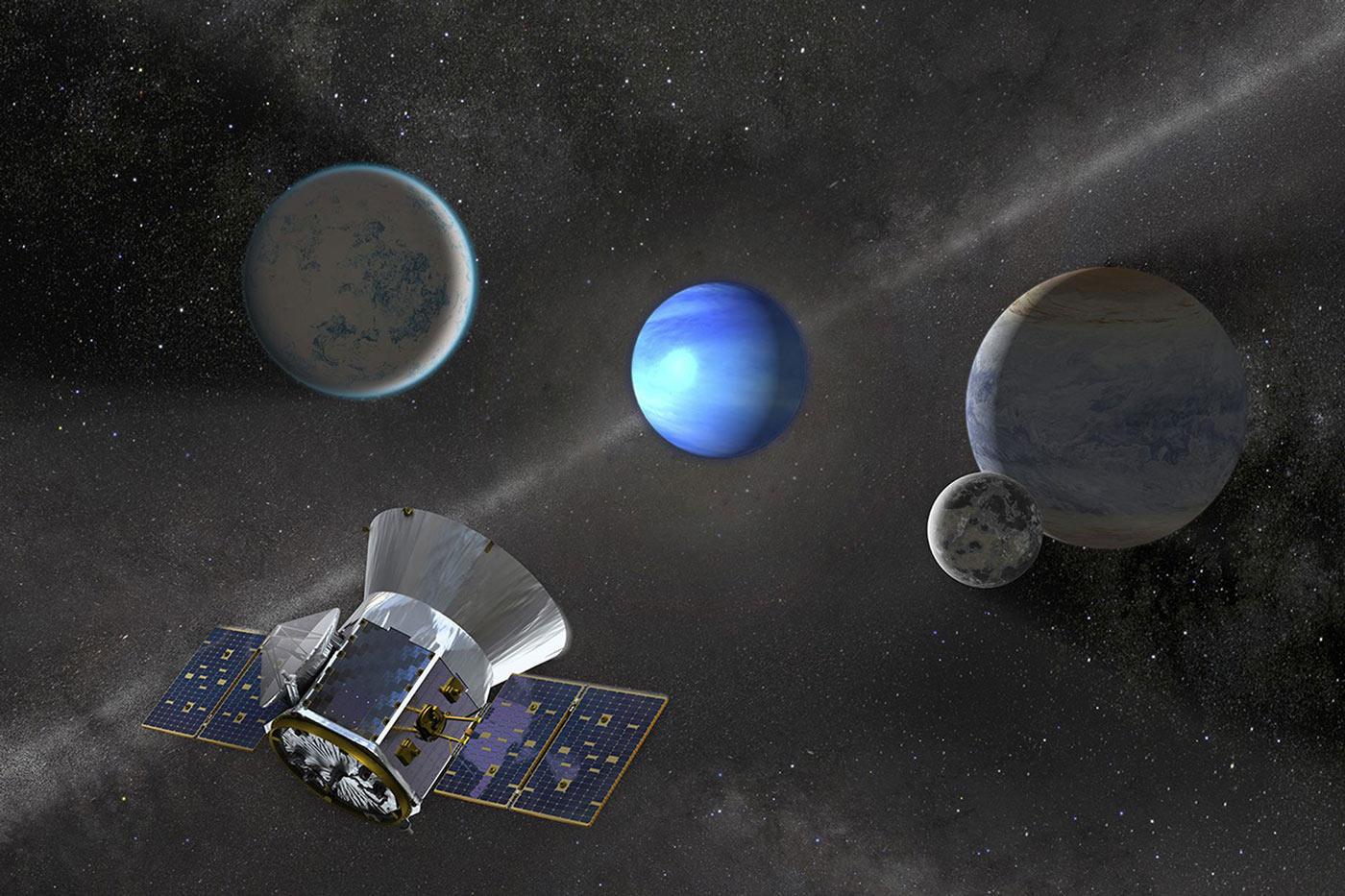
Breakthrough Listen to Collaborate with Scientists from NASA’s TESS Team to Look for Signs of Advanced Extraterrestrial Life
Read More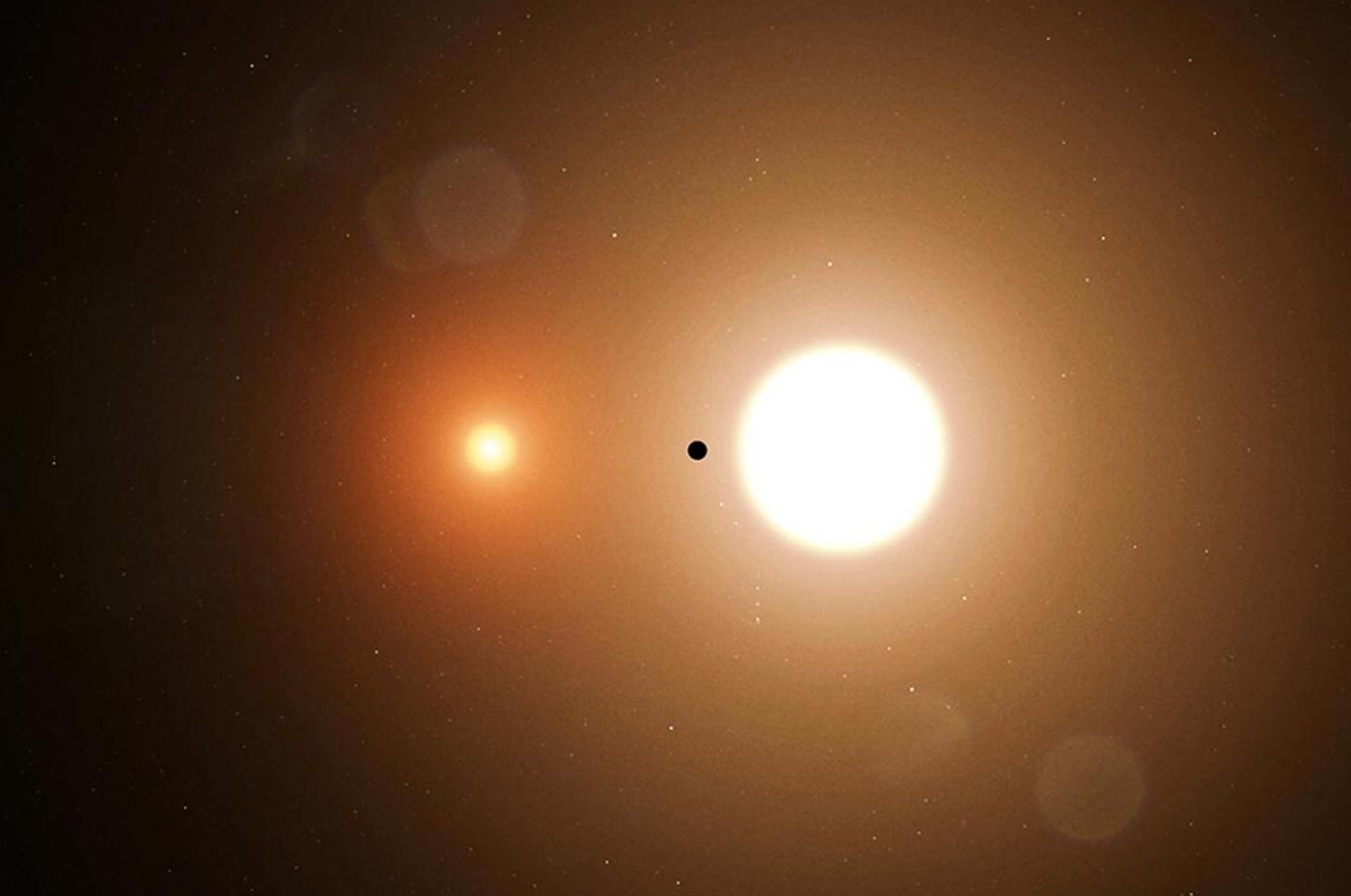
NASA’s TESS Mission Uncovers Its 1st World with Two Stars
Read More
Learn more about our research being done with TESS
Learn More

An Astronaut Smart Glove to Explore The Moon, Mars and Beyond
Read More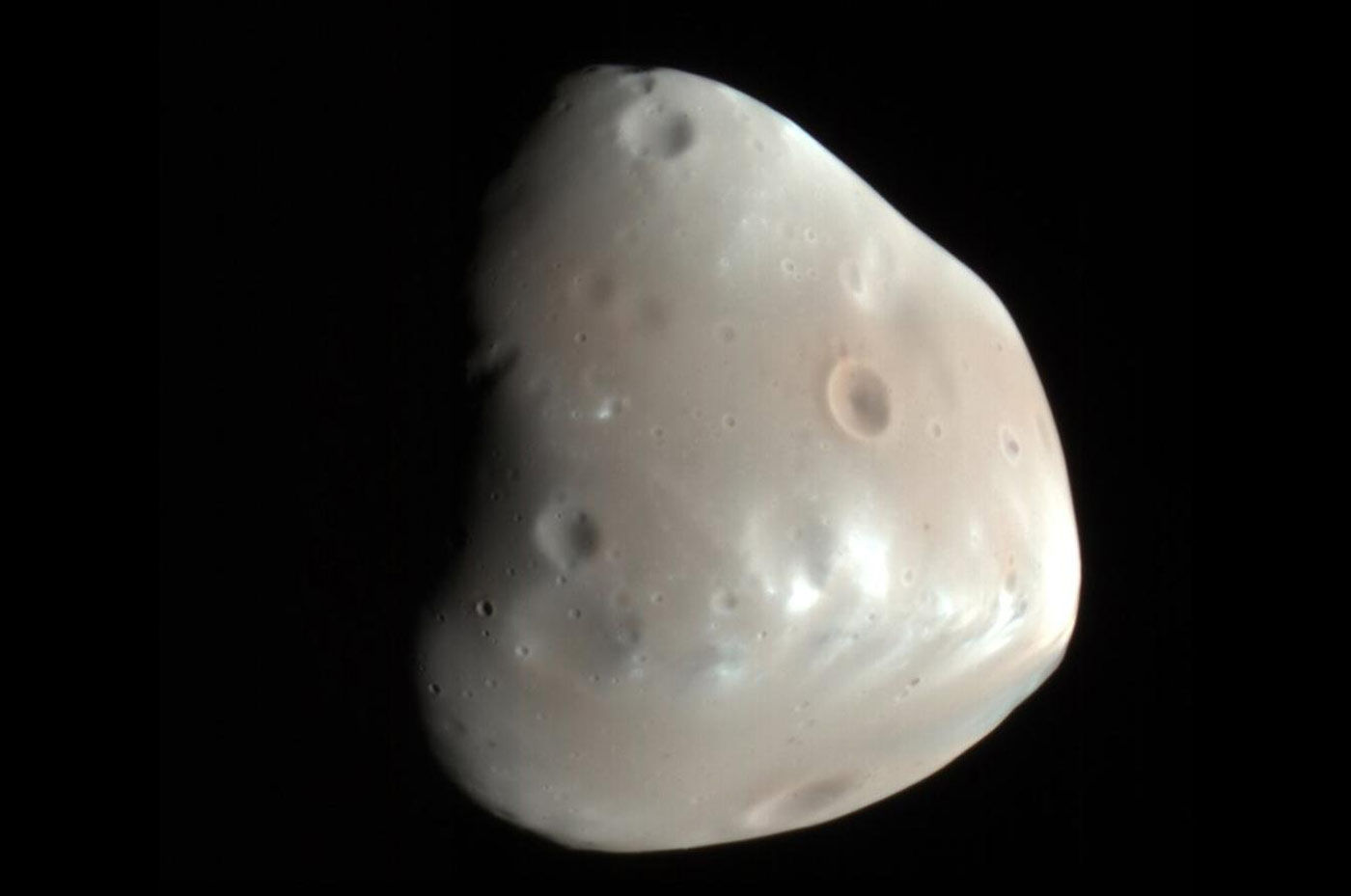
Martian Moon’s Orbit Hints at an Ancient Ring of Mars
Read More
Mineral Link Identified Near Mars 2020 Landing Site
Read More
Evidence of Lakes or Seas on Early Mars
Read MoreNASA Haughton-Mars Project: New Partnership on Mars Drone Application Research
Read More
Learn More About Our Research on Mars
Learn More
2025 Drake Awards
, 5:30 PM - 9:00 PM
2024 Drake Awards
, 6:00 PM - 9:30 PM




